Growling is like an alarm. It’s can be used to warn us that our dog is unhappy, stressed, or fearful. Growls can also be a prelude to more aggressive behaviors, like snarls, snaps, or even bites.
But, does a growl always mean that aggro behavior is impending? Not necessarily.
Dogs may also mimic aggressive behaviors when they play, for example. This might include barking, nipping, and yup, you guessed it, growling.
Let’s explore the growl, talk about different types of growls, and look at the body language that may accompany growls below.
Key Takeaways: Types of Dog Growls
- Dogs growl to communicate a variety of different emotions to their humans, other dogs, or perceived threats.
- While most growls sound broadly similar, they’re produced for a variety of different reasons, including resource guarding, fear, and even play.
- To determine the reason a dog is growling and what message the growl is intended to convey, you’ll need to consider the situation as well as your dog’s body language.
What Is a Growl, and Why Do Dogs Do It?
A growl is a form of communication for your dog.
It is a low, guttural noise that can sound quite intimidating. Sometimes it’s quiet and short, sometimes it’s loud and long.
But volume and duration aside, most growls sound pretty similar, so it’s important to pay close attention to the situation and context surrounding the growl. This includes what your dog is doing before the growl, during the growl, and after the growl has stopped.
This is important because growls can have different meanings in different contexts. This is true when it comes to understanding different type of dog barks too. The best way to understand why your dog is growling or barking is to observe her body language.
Us humans put a lot of emphasis on verbal communication, so we’re often tempted to try to decipher our dogs’ barks and growls and translate these sounds into meaning. But dogs aren’t huge fans of verbal communication – they rely much more on physical body language.
Even though your pup might be growling, the main form of communication that dogs use is a series of body signals. Examples include:
- Ear posture
- Tail positioning
- Panting, mouth-licking, or yawning
- Bowing
- Weight balance and body posture
- Eye movement
- Fur / raised hackles
These start off quite subtly, but they can escalate to more overt behaviors (growling being an example of a pretty overt behavior).
Those early warning signs can be helpful if we know what to look for. Conversely, she may be giving signals that it’s all in good fun – she just wants to play!
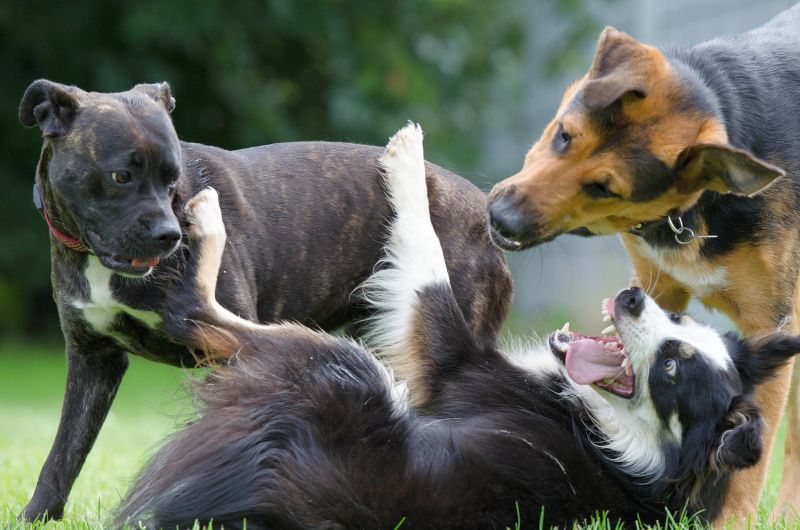
Different Types of Dog Growls
Figuring out why your dog is growling could be the first step to addressing any fear or pain she may be experiencing. It could also mean avoiding a potential situation that could result in a bite.
Note: We’ve tried to include some video examples of different growls below. Unfortunately, some of them include upset dogs or owners who’re being a bit insensitive to their dog’s feelings. If these videos make you uncomfortable, it may be best to avoid them.
A few of the most common reasons why dogs growl include:
1. Your dog feels threatened.
Being faced with something unusual, novel, or overwhelming may cause your pooch to feel threatened, which may cause her to growl. A common example might be when she is being approached by a barking dog.
Sometimes growl-eliciting threats are less innocuous (or so it seems to us), like dogs barking off in the distance or the popcorn popping in the microwave.
Dogs who growl in response to feeling threatened may exhibit some of the following clues:
- Lunging
- Barking
- Trying to flee the area
Basically, this growl is saying “hey, I’m not so sure about this.”
2. Your dog is fearful or anxious.
Similar to being threatened, if your pup feels fearful, growling is a warning for the threat to back off.
Some pups are generally more fearful of new or novel stimuli than others. This could be anything from specific triggers (men with beards wearing sunglasses and hoodies) or it could be broader, such as most strangers or dogs.
Specific circumstances may also trigger fear-based growls, such as being brushed, pet, bathed, having her nails clipped, or visiting the vet.
Fear-triggered growls are often accompanied by the following signals:
- Subtle stress signals such as yawning or lip licking
- Trying to escape or looking away
- Freezing or moving very slowly
(Fair warning: This poor pittie is pretty frightened at the vet, and it may be upsetting to some. If your pooch becomes similarly frightened at the vet, you may want to investigate fear-free veterinary services.)
Extreme fear is often best addressed with the help of a certified dog behaviorist. There are several exercises you can work on to help reduce your dog’s fear to specific stimuli through desensitization and counter-conditioning.
3. Your dog is playing.
Often, play mimics “aggressive” gestures, such as growling, snapping or barking. However, her body language will assure her play partner that it’s all in fun.
When emitting growls as a form of play, your dog will likely incorporate the following signals:
- Play bows
- Bouncy movements
- Turning away
- Laying down
So long as your dog is exhibiting appropriate dog play signals and isn’t making the other dog uncomfortable, it’s all good!
4. Your dog feels frustrated.
Frustration can also cause your pup to be grumbly. She might growl because of barrier frustration, for example.
Walking on a leash can also cause some pups to bark and growl at people or other dogs passing by, despite being friendly and relaxed around other dogs and people when not restricted. This is referred to as leash reactivity and it’s a fairly common canine behavior issue!
Frustration-based growling is often accompanied by the following postures or behaviors:
- Lunging
- Barking or whining
- Pulling and straining at the end of their leash or at the barrier
- Arousal (hyperactivity)
5. Your dog is in pain.
Most dogs are incredibly stoic, and it can be difficult to tell that they are in pain or not feeling well. Nevertheless, growling can be an indication of pain or illness.
Some dogs who are in pain or sick will only growl when you physically touch them, but others may do so if you only come close to a sore hip or paw — physical contact may not even be necessary.
Note that because we may be are unaware that anything is wrong with our pooch, these types of growls can seem somewhat surprising.
If your dog’s growling is caused by pain or illness, you may notice the following clues:
- Sudden change in behavior
- Growling or snapping at movement around her
- Growling or snapping at touch
6. Your dog is being territorial.
Sometimes your four-footer may growl when she feels the need to defend her territory. This could be a growl to protect her space or because she is fearful of strangers (or both).
Growling brought on due to territorial instincts often includes the following body language clues:
- Barking at windows and fence lines
- Barking, growling and lunging at the door when guests arrive
- Aggressive behavior and barking towards unfamiliar people or animals that enter or are close to her perceived territory.
7. Your dog is exhibiting possession aggression or resource guarding.
This is a common term used when your doggo is possessive over her things – bones, toys, food, beds, or even people.
To an extent, this resource possessiveness is normal, and it’s fine. Until it’s not.
In some severe cases, a person or another dog or animal living in the home may get bitten. So, it is wise to have a certified trainer evaluate your dog if you suspect her resource-guarding behaviors are getting out of hand.
Growls that relate to resource guarding often occur alongside the following behaviors:
- Freeze when you come near her item
- Growl or snap if you are too close to her item
- Stand over her item and snarl or show her teeth.
Dog Growl FAQs
Owners often have a ton of questions about their dog’s growling, so we’ve tried to cover some of the most common questions that pop up below.
No – never punish your dog for growling!
Communication is important and it can help to prevent further escalation into a dog bite. It can also help to reduce any distress your dog may be feeling.
Punishing a dog for growling may mean that they stop growling and skip right to a bite next time. And that is a much bigger problem.
Scolding your dog for growling is a bit like telling your friend off for reacting to a large venomous spider, or telling them to shut up when they tell you someone at a party is making inappropriate remarks at them. Doesn’t sound like a very good friend, does it?
Communication is important in all relationships, and we should never punish someone (human or otherwise) for trying to communicate how they feel!
It’s very unlikely that neutering or spaying will have any effect on your pup’s growling.
Having your puppers altered won’t reduce fear, it won’t make her value her food and treats any less, and she will still likely growl during play.
There are a variety of factors to consider when contemplating having your dog spayed or neutered, but her tendency to growl shouldn’t be one of them.
Dominance is never something that we have to worry about between us and our furry companions. It doesn’t work that way.
Dogs are not vying for ‘top dog’ position, so to speak. They simply do what works for them and what is rewarding. Or, in the case of fear, a growl is a reflexive response.
A snarl is simply a growl with a curled lip, showing the incisors and canine teeth. This is a threat display used as a warning and could occur any time a dog feels threatened.
A snarl can be more concerning than a growl without barred teeth, but this can vary from one dog to the next.
Growling during play is quite normal for many dogs. Some dogs are just more vocal than others!
However, it’s always important to supervise to ensure all dogs involved are enjoying the play and that it doesn’t escalate into a fight.
Also, be sure to watch her body language.
If your dog demonstrates the following signs:
-Relaxed, “loose” body
-Tail wagging at half-mast
-Showing meta signals (play bows, bouncing, or rolling around)
Then her playmate is likely reading these signals too, and the two can be allowed to continue frolicking at the dog park.
If, on the other hand, she exhibits signs like the following:
-Stiff body posture
-Freezing in place
-Tucked tail
-Closed mouth
-Attempts to get away
Then her growling could be a warning that she is feeling overwhelmed and intervention may be necessary.
In the same vein as when she is playing with a pup friend, growling during human-doggo playtime quite normal.
Just make sure to watch for relaxed, playful body language during your tug of war sessions and bring the play session to the end if she begins demonstrating troubling signs.
Learn about muzzle punches — another way dogs issue warnings!
***
No matter the reason, a growl is important and is a way for your dog to communicate. It shouldn’t be ignored or punished.
Does your pup growl when playing with her friends? How about when she is near her food or toys? We would love to hear your story!
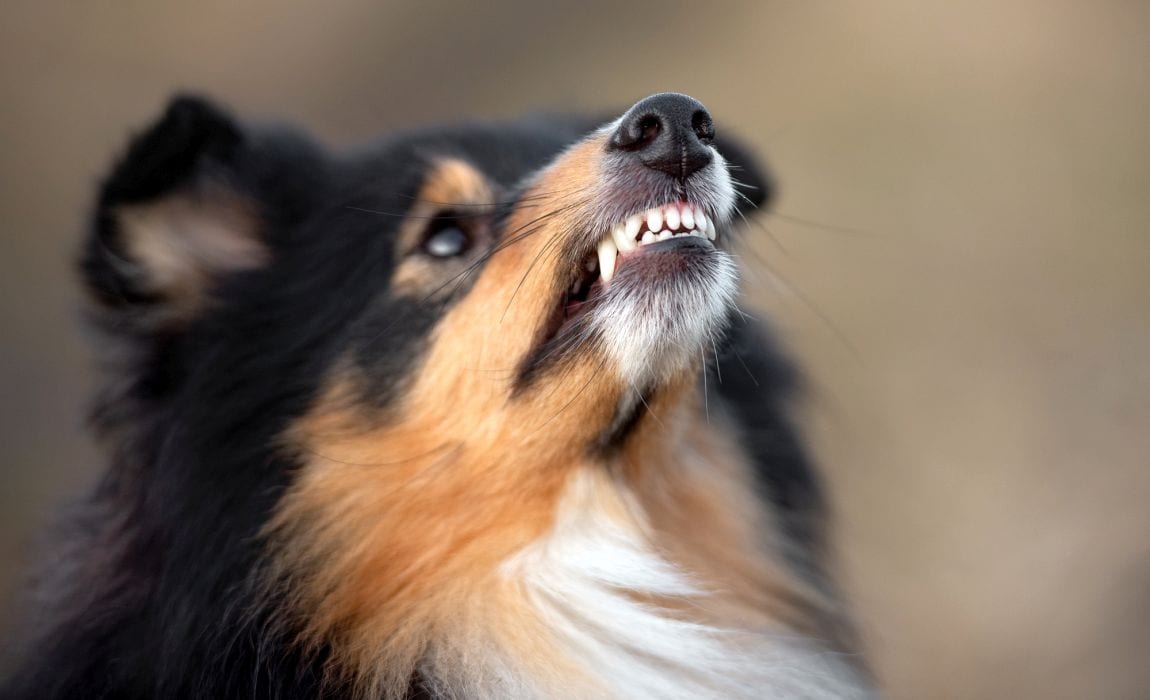
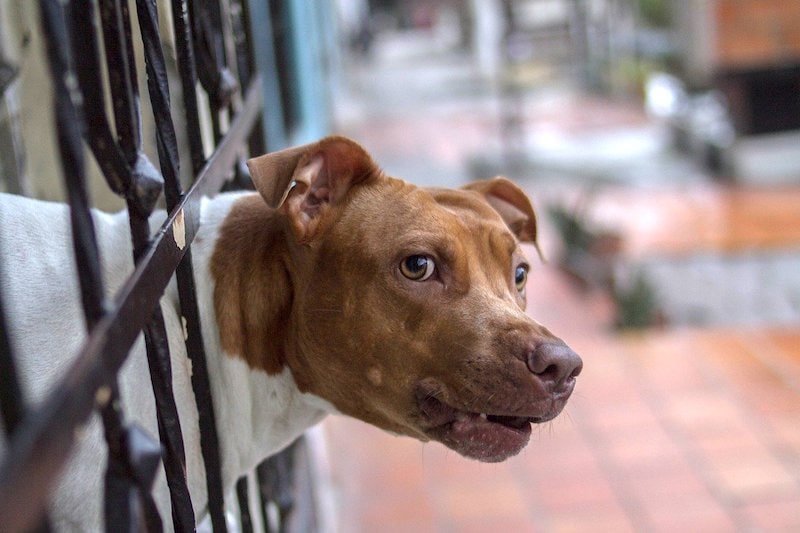


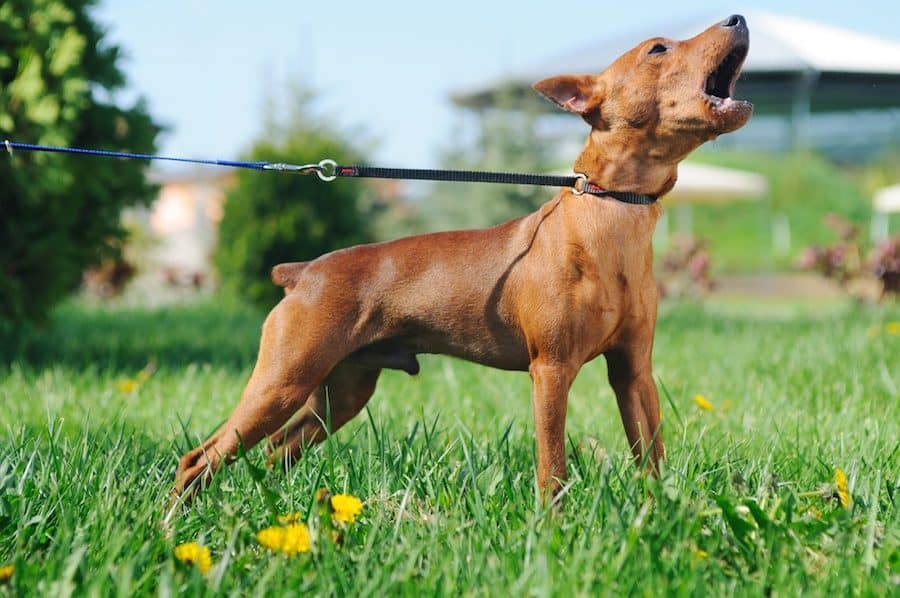


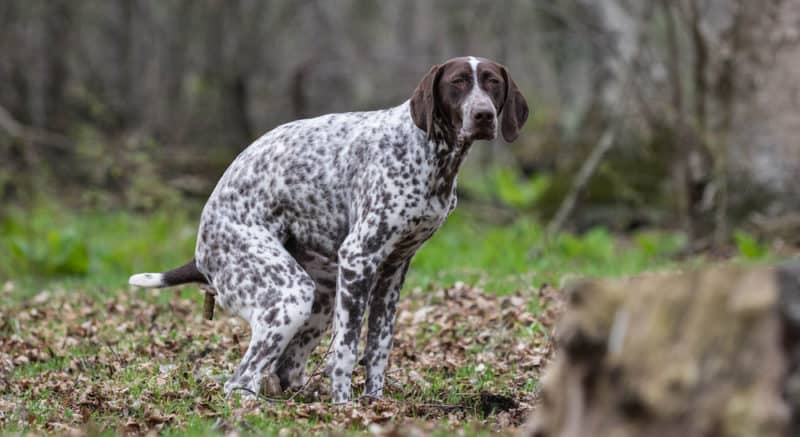

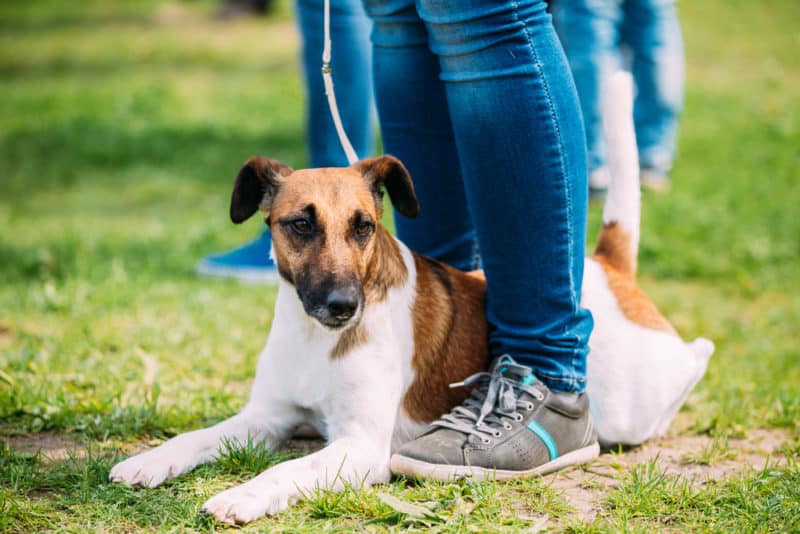
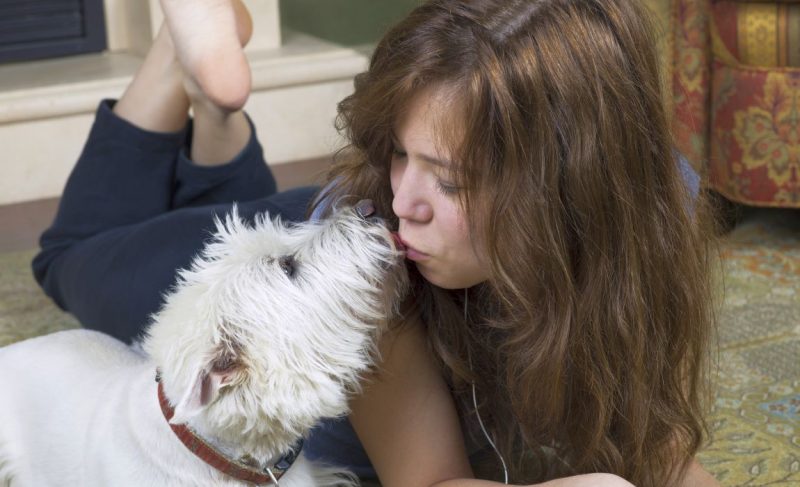
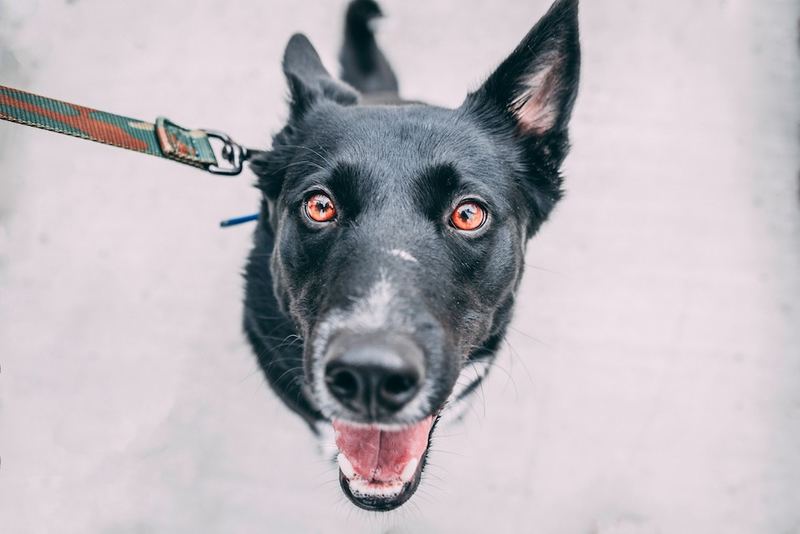
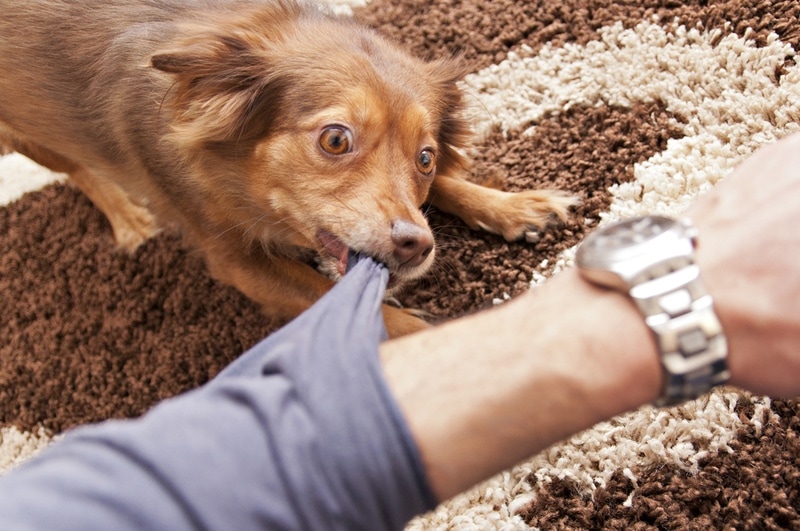


Leave a Comment